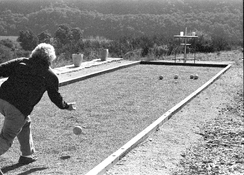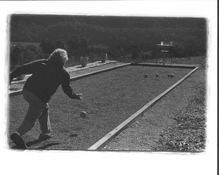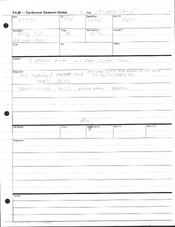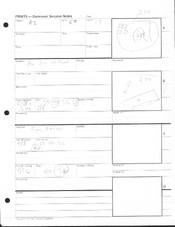{Moderator note: this thread was split off of another one here: https://www.photrio.com/forum/threads/harman-kentmere-200-officially-released-2025-05-08.213596
It's placed in the B&W Film, Paper & Chemistry forum despite the fact that scanning plays a role; the rationale is that it's not purely about scanning, but rather about the question how to deal with negatives that didn't come out optimally.}
Hey! I'm responding to a month-old comment, but can you explain to me why under-exposed/developed negatives may be easier to process digitally and over-exposed/developed negs may be easier to process in the darkroom?
I'm not coming at this with any expectation. Before reading your comment my guess would have guess that if the negative has lost information then it's lost, regardless of what you do with the negative afterward.
It's placed in the B&W Film, Paper & Chemistry forum despite the fact that scanning plays a role; the rationale is that it's not purely about scanning, but rather about the question how to deal with negatives that didn't come out optimally.}
In my experience, the only circumstances where there are clear differences are at the periphery:
- with clearly under-exposed or under-developed negatives, it may be easier to obtain an acceptable final result from scanning and post processing; and
- with clearly over-exposed or over-developed negatives, it may be easier to obtain an acceptable final result from darkroom printing.
Which is why the preference for push processing and under-exposure among those who exclusively develop and scan is so surprising to me.
Hey! I'm responding to a month-old comment, but can you explain to me why under-exposed/developed negatives may be easier to process digitally and over-exposed/developed negs may be easier to process in the darkroom?
I'm not coming at this with any expectation. Before reading your comment my guess would have guess that if the negative has lost information then it's lost, regardless of what you do with the negative afterward.
Last edited by a moderator:







